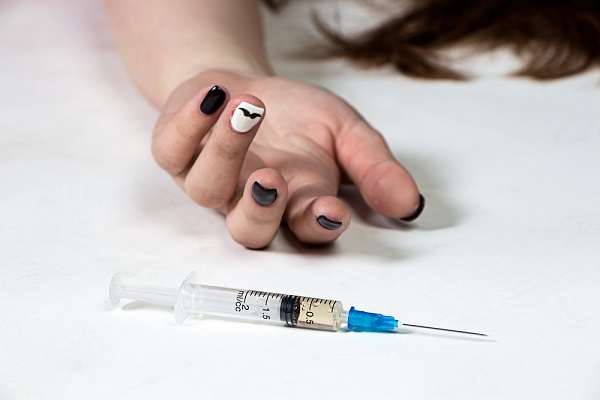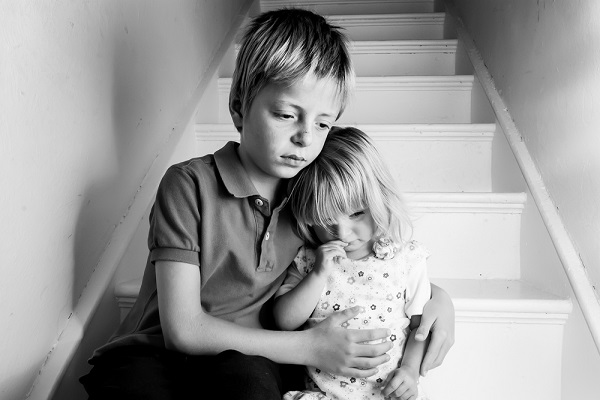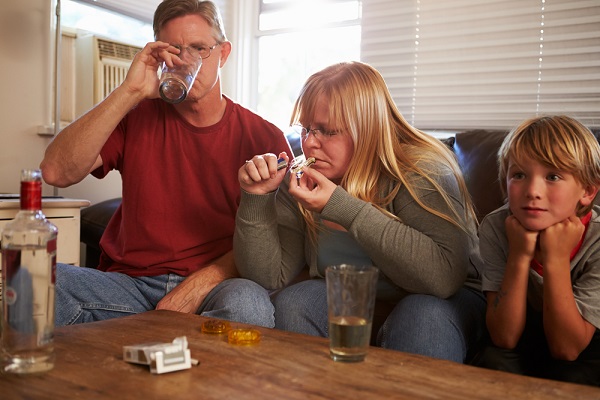
When a child does not receive the care that he or she needs, whether due to maltreatment or other causes, they often wind up in the foster system. While foster care may exist for noble reasons, there are some issues within the system too. One of these is the major issue of substance abuse and addiction.
Although addiction in the foster system is tragic, it isn’t surprising. Before entering the system, many foster children suffer from a variety of mental and emotional disorders. Many of them have also suffered from personal abuse, and sometimes parental drug use and child neglect, both before and during foster care. This type of trauma generally encourages alcoholism and addiction, and this applies just as much to foster children. The primary difference is that, in these cases, the disease has the opportunity to strike at an unfortunately young age.
Below, Avenues Recovery professionals discuss the rates of addiction and substance abuse in foster care, as well as the possible causes and solutions. This problem can be mitigated. First, however, we must endeavor to improve our understanding of the issues at hand.
Rates of Substance Abuse in Foster Care

According to the National Youth in Transition, 27% of 17-year-olds [1] in foster care have been referred for substance use treatment. Furthermore, Greeno et al in 2019 found that youth who were previously in foster care have higher lifetime use rates than their contemporaries who were never in foster care.
By contrast, only 20.8 million people aged 12 or older—roughly 7.8% of the population in this age range—suffered from substance use disorders in 2015, according to the National Survey on Drug Use and Health [2]. Assuming that these figures have remained consistent, addiction in the foster care system runs twice as rampant than in the nation as a whole. Among 17-year-olds, addiction rates more than quadruple those of the national estimate. This indicates a massive problem with drug and alcohol abuse in our child welfare system.
New York-based writer, Lisa Marie Basile, lived in foster care between the ages of 14 and 19. Speaking to The Fix, she discussed the reality of these high addiction rates.
“I know the immense burden of loss and personal erasure that could lead to [criminal] behaviors. I was one of the luckier ones. That particular vice [drug addiction] skipped me. But that was sheer luck, personal genetics. If I were a betting person, I would have bet my younger self would have been abusing drugs. I had all the reasons to.”
When Basile says that she can see “all the reasons” for a foster child to engage in substance abuse, she isn’t alone. In fact, professionals on the subject name a few major reasons for this problem.
Possible Causes: Neglect and Abuse

Jeff Weiman works as the director for the San Diego Angels Foster Family Network. Given the large population of foster youths in California, he knows their struggles well. As such, we should consider what he wrote for The San Diego Union-Tribune [3] in May of 2016:
“Let’s be clear, the actions of the parents are the sole reason a child is placed in foster care. Second, some foster children have challenging behaviors as all have been traumatized. You would be too if by the age of six weeks you had figured out that none of your basic needs would be met no matter what you did.”
Weiman’s example of six-week neglect may sound extreme, but it hovers regrettably close to the truth. Children do not generally wind up in foster care without suffering some sort of abuse or neglect. Furthermore, studies [4] have indicated that almost one-third of foster children experience abuse while in their foster homes. So when Weiman says that all foster youths suffer trauma, we cannot disregard his words as mere hyperbole.
As for why children would receive inadequate treatment in foster care, the problem stems from the system itself. We see this exemplified in a 1992 grand jury investigation [5] from Santa Clara, California. This investigation found that the Department of Family and Children’s Services received more funding for placing children in foster care—even if a problem could potentially be solved without removing the child from their home. These findings raised questions about the DFCS’s intentions, not to mention how closely they vetted foster homes before placing children. And when foster homes also receive financial incentives for taking in children, one cannot always trust their motives. Many turn out to be neglectful, if not outright abusive environments.
How Does Foster Home Neglect Lead to Substance Abuse?
As noted by Dr. David Sack below:
“The Adverse Childhood Experiences study, which is based on data from over 17,000 Kaiser Permanente patients, found correlations between severe childhood stress (e.g., abuse, neglect, loss of a parent, domestic violence, or having an addicted or mentally ill parent) and various types of addictions.”
This includes not only substance use disorder but also behavioral addictions, such as eating disorders or hypersexual disorders. Children cannot generally process traumatic experiences without support from family. When family causes said trauma, children must seek unhealthy ways of seeking the support they need. Lacking a proper support network leads them to simply avoid their problems through self-medication. When viewed in this light, it’s almost surprising that addiction rates in the foster system aren’t even worse.
Possible Causes: Parental Addiction

Parental substance abuse often forms the basis of the neglect and abuse suffered by foster children. In fact, some state statutes in the US [6] actually consider parental drug use a form of child abuse. Due to prenatal drug exposure, some children sadly suffer from addiction before even exiting the womb. These children experience withdrawal at birth and often suffer numerous co-occurring disorders as they grow older.
Even when prenatal exposure plays no role, parental drug use causes massive childhood stress. Children of addicts and alcoholics often find themselves embarking on a similar path to what they’ve seen growing up. This domino effect leads to problems affecting teen pregnancy rates, juvenile court records, and, our focus, the foster care system. When parents abuse drugs in front of their children, they create a problem that the rest of the country must scramble to clean up. Based on our experience guiding many through the addiction recovery process, Avenues Recovery has identified a few ways to possibly help mitigate the problem.
Seeking Possible Solutions For Foster Care Addiction

In her discussion with The Fix, Basile noted one way in which we might help foster children—by simply caring.
“The narrative of the foster youth has been hijacked by this idea that foster youth are just losers. Like it’s inherent, expected. The thing is, something has been done to them. I wish more people understood the loneliness.”
This indicates a strong need for awareness. Activists already fight to end the opioid epidemic. Many also fight to improve conditions for foster youths. But how often do these two groups combine their efforts for both the opioid epidemic and foster care? Perhaps the center of that particular Venn diagram could stand to widen just a little, to be able to help more.
Of course, this still leaves open the question of which particular type of help youth addicts need. Since we know that many foster youths suffer childhood trauma, the answer may include PTSD treatments [7], involving medication if needed. Aside from medication, another primary treatment for PTSD and other psychological disorders is cognitive behavioral therapy. Addiction treatment centers utilize this same type of therapy, which would be extremely beneficial to the foster care system were they to start treating underage patients.
How to Move Forward From Foster Care Substance Abuse
The first step to moving beyond their addiction toward their recovery requires substance users to accept their disorder. Foster kids who have already been through so much emotional trauma and history may need extra help in order to do this.
Counselors or CASA (Court Appointed Special Advocates) volunteers can help by reaching out to these youths, letting them know where to access help and that it is possible to find a better way to live. Once young addicts and alcoholics in the foster care system find and are in a place to agree to counseling or treatment, they will discover an entire support system there for them. The guidance and adult care that they lacked in early adolescence will become theirs, playing a crucial, empowering role in their recovery. In this way, they will hopefully also discover something that sadly eludes far too many children in the foster care system—they will find true compassion.
If you’ve been affected by substance abuse, whether at home or in foster care, Avenues Recovery can help support your journey to healing and recovery. Contact us 24/7 to speak with a supportive member of staff.
Sources
[2] www.samhsa.gov
[4] lawinjury.com
[5] www.metrosiliconvalley.com
[7] www.adaa.org
Contact us or Call now!
888-683-0333


